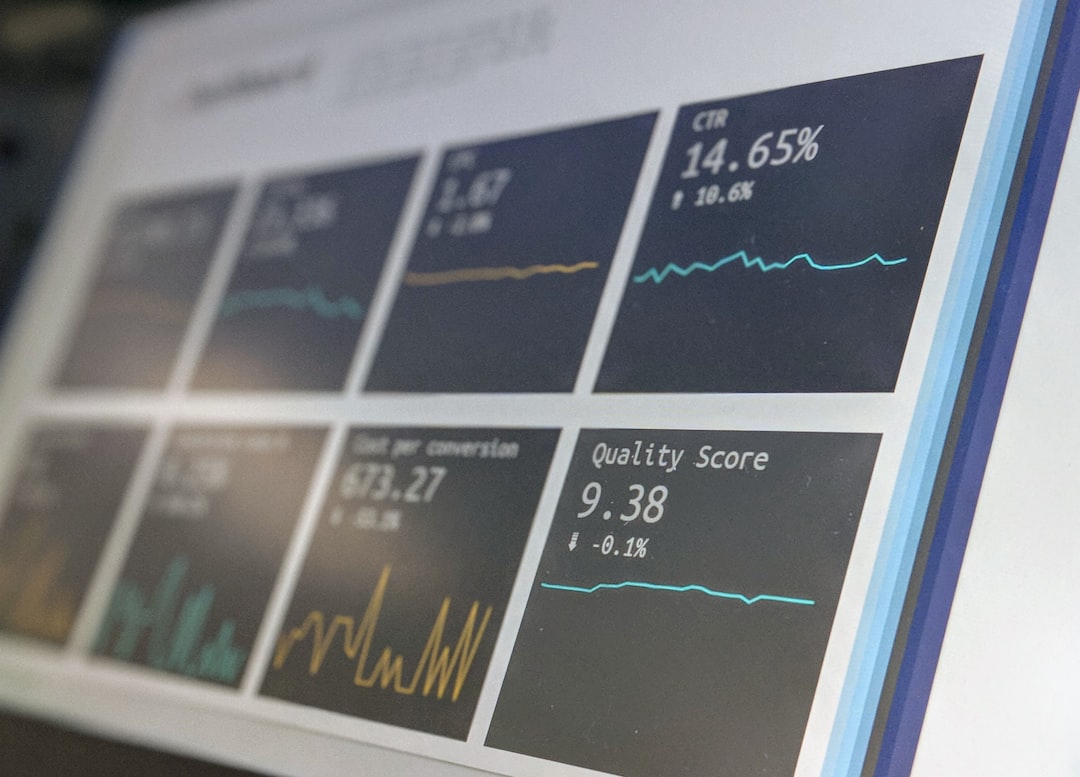Running an online store can feel like flying a plane blindfolded. You have the controls, but you’re not exactly sure what’s working and what’s not. That’s where WooCommerce Analytics steps in — your trusty co-pilot. It helps you see what’s really driving your sales, what needs attention, and where to focus your efforts.
Why WooCommerce Analytics Matters
Without data, you’re guessing. And guessing is risky business. With WooCommerce Analytics, you can stop guessing and start knowing.
It tells you:
- Which products are your top performers
- Who your best customers are
- How people are finding your site
- What marketing strategies are working (and which are not!)
Knowledge is power. The more you know, the smarter decisions you can make.
The Basics: Where to Find Your Analytics
First things first — you need to know where to look. In your WordPress dashboard, head over to WooCommerce > Analytics.
You’ll see a bunch of reports like:
- Revenue
- Orders
- Products
- Customers
- Stock
- Taxes
- Downloads
It might look like a lot, but don’t worry — let’s break it down into bite-sized pieces.
1. Revenue: Counting the Cash
This one is the big picture. It tells you how much money you’re making.
But dig deeper. Don’t just look at total revenue. Look at:
- Net sales: Revenue without the refunds
- Average order value: How much shoppers usually spend
- Returning customer rate: Are people coming back?
If your average order value is low, maybe you need to upsell. Offer a bundle. Give a discount on a second item. Get creative!
2. Orders: Study the Shopping Patterns
This shows you how many orders you’re getting and when.
Watch for trends:
- Are sales rising before the weekend?
- Do people shop more during holidays?
- What’s your busiest month?
When you spot patterns, you can plan better promotions and prepare for busy times.
3. Products: Heroes and Zeroes
This is where you find your superstar products. The ones that fly off the shelves.
But more importantly, you’ll also see which products are collecting dust.
Look at:
- Units sold: Which items are flying
- Gross revenue: How much each item brings in
- Refunds: Which ones are causing trouble

If a product is popular, you might feature it on your homepage or run a special promo. For the slowpokes? Maybe it’s time to discount or phase them out.
4. Customers: Know Your People
Your customers are the heart of your business. So, it makes sense to get to know them.
Under the “Customers” report, you’ll see:
- Who’s buying the most
- How often they shop
- Who your new and returning customers are
This helps you build loyalty. Maybe send a thank-you coupon to big spenders. Or encourage new buyers to come back with a limited-time offer.
Tip: People love feeling appreciated. The little things go a long way.
5. Channels: Where Are Your Buyers Coming From?
Now here’s where the real detective work begins.
It’s time to figure out what’s driving people to your store. And more importantly — what’s converting them into paying customers.
To do this, you’ll likely need to combine WooCommerce with Google Analytics. Don’t worry, plugins like MonsterInsights or Site Kit can help you do this easily.
Once hooked up, you can see:
- Are visitors coming from Google, Facebook, Instagram, or email?
- Which channels are bringing in actual purchases?
- Which blog posts or landing pages people interact with before buying?

Maybe your Instagram traffic never really buys—but your email list converts like magic. That tells you where to spend your time and money.
6. Conversion Rate: The Magic Metric
You might be getting lots of visitors… but are they buying?
Your conversion rate tells you the percentage of site visitors who make a purchase. This is a powerful number.
A low conversion rate? Your site might need better:
- Product photos
- Descriptions
- Checkout process
- Trust signals like reviews and guarantees
Even a small fix can make a big difference.
7. The Power of Segmentation
Here’s a fancy word that gives you superpowers.
Segmentation means looking at specific groups of users.
For example:
- First-time buyers
- People who purchased during a holiday sale
- Customers who haven’t visited in 60 days
Once you spot these groups, you can target them with specific offers. Personalized marketing always works better than one-size-fits-all.
8. Add Custom Dashboards (Make Data Less Boring)
Staring at charts all day can get dull. So make it fun. Tools like Metorik or Google Data Studio let you create colorful, custom dashboards.
You can track what matters most to you at a glance.
- Want to see best sellers weekly? Done.
- Need to monitor your return rate? Easy.
- Want to compare sales this month to last? No sweat.
Less time digging through reports = more time growing your business.
9. Don’t Forget About Mobile
Is your store mobile-friendly? It better be.
Check your analytics to see how many people shop from phones or tablets. If it’s a lot (it usually is), make sure your store looks smooth on all devices.
Clunky mobile sites kill conversions. Fix it and your sales may soar.
10. Keep Testing and Improving
Analytics isn’t something you check once and forget. It’s a habit — like brushing your teeth. Make it part of your weekly routine.
Ask questions like:
- Why did sales dip this week?
- Why is this product suddenly hot?
- What’s leading people to abandon their carts?
Use insights to test new ideas.
Try a better product photo. A new call to action. A limited-time flash sale. Then check the data to see what worked!

Final Thoughts: Let the Numbers Guide You
WooCommerce Analytics can give you a treasure map to more sales. But only if you use it regularly and wisely.
Start by tracking the basics — like revenue, orders, and hot products. Then go deeper with segmentation, conversion rates, and sources of traffic.
Keep things simple but consistent. Test, track, tweak — and watch your store grow. You’ve got this!
Remember: It’s not just about having data. It’s about asking the right questions and using the answers to drive action.
Happy analyzing!